Description:
Un titrateur automatique est un instrument de laboratoire utilisé pour effectuer des titrations automatiquement. Le titrage est une technique d'analyse quantitative utilisée pour déterminer la concentration d'une solution inconnue en ajoutant une concentration connue d'une autre solution (titrant) jusqu'à ce que le point final soit atteint. Le point final est le point auquel la réaction entre les deux solutions est terminée. Les titrateurs automatiques utilisent diverses méthodes pour détecter le point final, notamment les méthodes potentiométriques, conductimétriques et thermométriques.
Les titrateurs automatiques peuvent être utilisés pour effectuer une variété d'analyses différentes, notamment :
- Titrages acido-basiques : Ces titrages permettent de déterminer la concentration d'acides ou de bases.
- Titrages par précipitation : Ces titrages permettent de déterminer la concentration d'ions pouvant former des précipités.
- Titrages complexométriques : Ces titrages permettent de déterminer la concentration d'ions métalliques.
- Titrages redox : Ces titrages permettent de déterminer la concentration d'agents oxydants ou réducteurs.
Famille de méthodes :
Les titrateurs automatiques appartiennent à la famille des méthodes d'analyse volumétrique. L'analyse volumétrique est un type d'analyse quantitative basée sur la mesure du volume.
Types de tests :
Il existe de nombreux types de tests différents qui peuvent être effectués avec un titrateur automatique, notamment :
- Titrages potentiométriques : Ces titrages mesurent le potentiel de la solution au fur et à mesure que le titrant est ajouté.
- Titrages conductimétriques : ces titrages mesurent la conductivité de la solution au fur et à mesure que le titrant est ajouté.
- Titrages thermométriques : Ces titrages mesurent la température de la solution au fur et à mesure que le titrant est ajouté.
Normes :
Il existe un certain nombre de normes pertinentes pour les titrateurs automatiques, notamment :
- ASTM International : ASTM International publie un certain nombre de normes liées au titrage, notamment ASTM E200, Méthodes d'essai standard pour la préparation, la normalisation et l'étalonnage de solutions standard pour l'analyse chimique.
- ISO : L'Organisation internationale de normalisation (ISO) publie un certain nombre de normes relatives au titrage, notamment l'ISO 385, Procédures d'échantillonnage pour l'analyse chimique.
Principe de fonctionnement :
Le principe de fonctionnement d'un titrateur automatique est le suivant :
- L'échantillon est placé dans un récipient de titrage.
- Le titrant est ajouté au récipient de titrage à l'aide d'une burette.
- Le point final est détecté par un capteur.
- Le volume de titrant ajouté est enregistré.
- La concentration de la solution inconnue est calculée.
Applications:
Les titrateurs automatiques sont utilisés dans une grande variété d'applications, notamment :
- Analyse environnementale : Des titrateurs automatiques sont utilisés pour analyser les échantillons d’eau, de sol et d’air à la recherche de polluants.
- Analyse des aliments et des boissons : les titrateurs automatiques sont utilisés pour analyser les aliments et les boissons en fonction de leur acidité, de leur teneur en sucre et d'autres propriétés.
- Analyse pharmaceutique : Les titrateurs automatiques sont utilisés pour analyser les médicaments et autres produits pharmaceutiques pour leur pureté et leur puissance.
- Analyse chimique : Les titrateurs automatiques sont utilisés pour analyser une grande variété de produits chimiques pour leur concentration et leur pureté.
Avantages:
L’utilisation d’un titrateur automatique présente de nombreux avantages, notamment :
- Précision et précision améliorées : les titrateurs automatiques peuvent fournir des résultats plus précis et plus exacts que les titrages manuels.
- Efficacité accrue : les titrateurs automatiques peuvent effectuer des titrages plus rapidement que les titrages manuels.
- Réduction des erreurs de l’opérateur : les titrateurs automatiques éliminent le risque d’erreur de l’opérateur.
- Sécurité améliorée : les titrateurs automatiques peuvent être utilisés pour manipuler des matières dangereuses en toute sécurité.


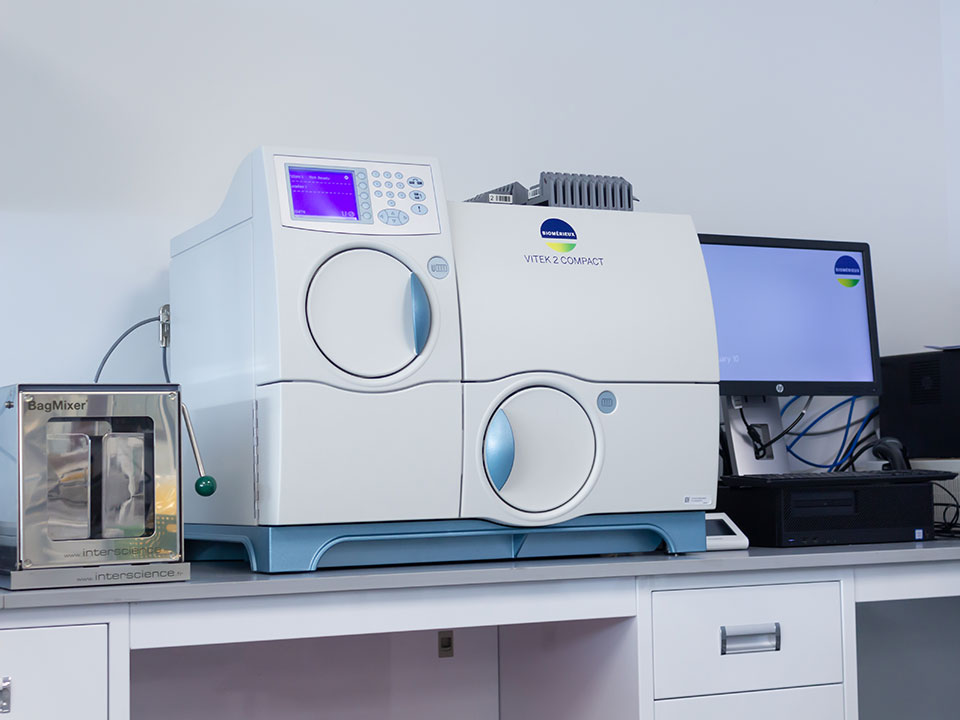
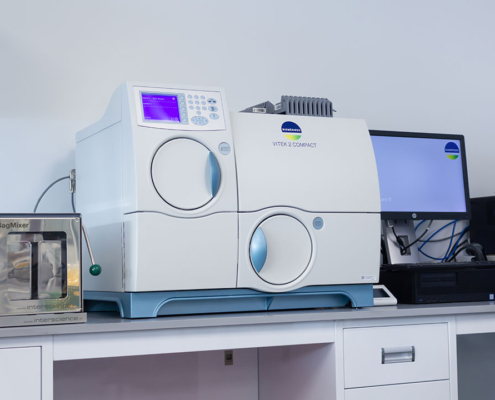
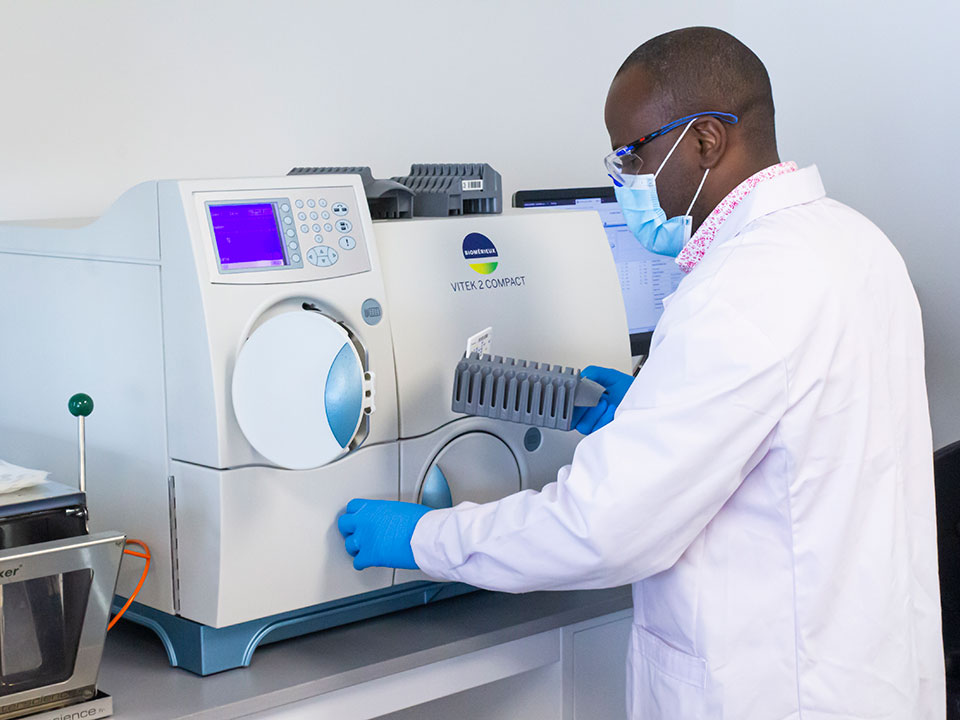
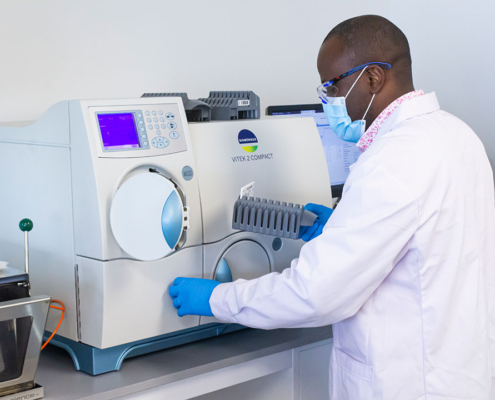
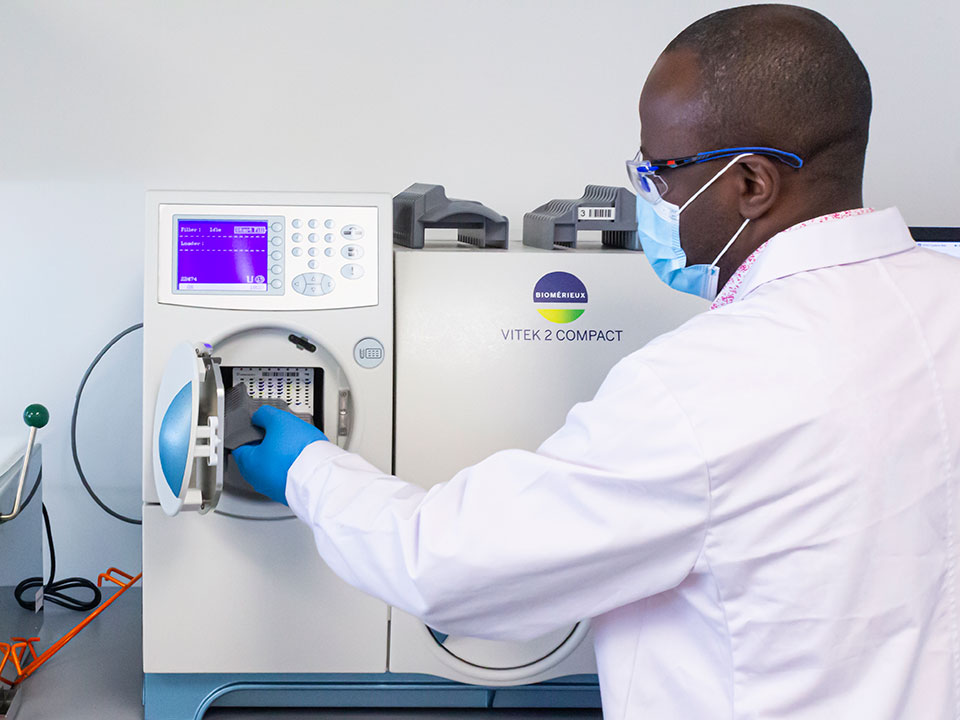
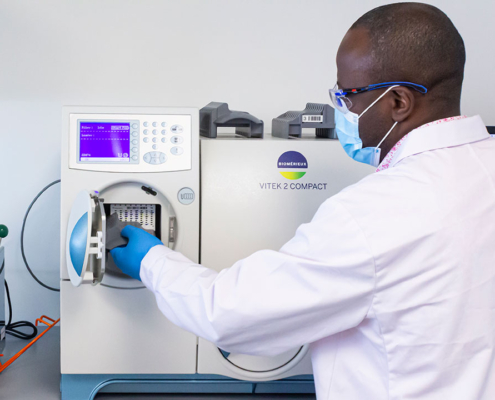
![Chromatogramme de mélange de vitamines[1]](https://nhplab.com/wpress/wp-content/uploads/Vitamin-mix-chromatogram1.jpg)
